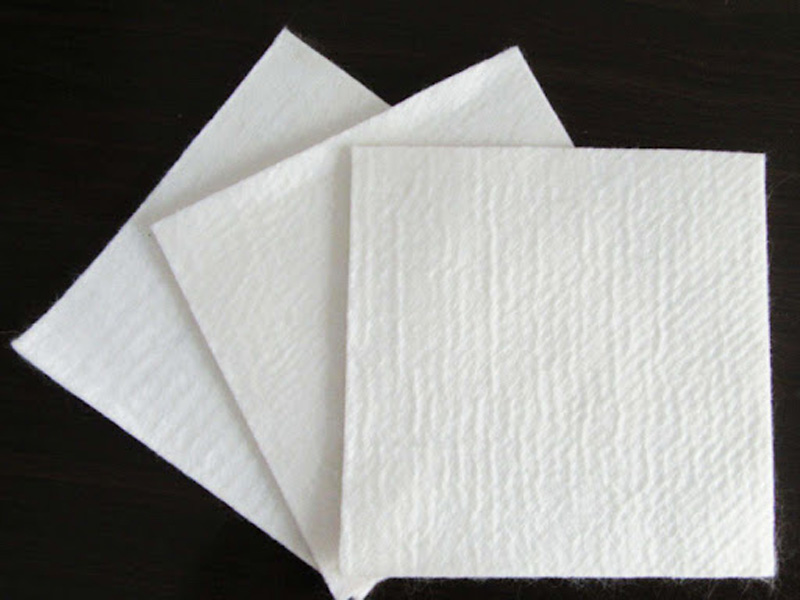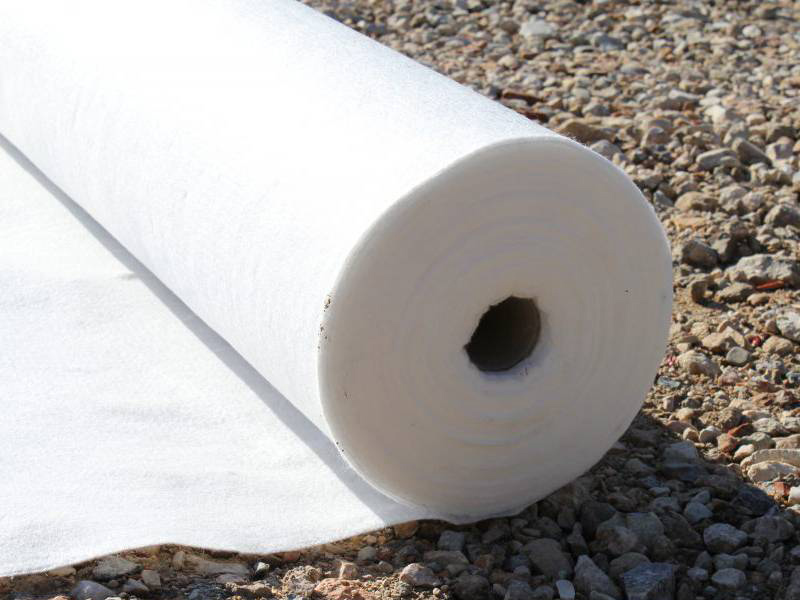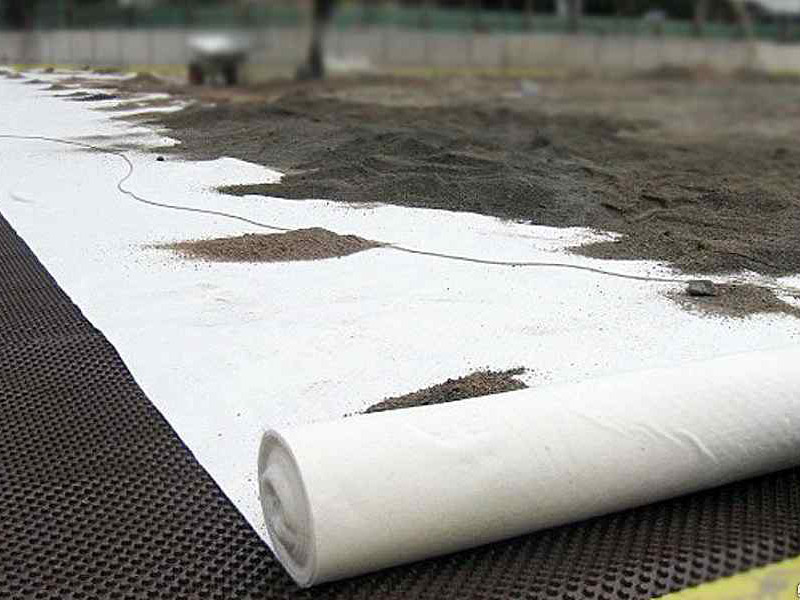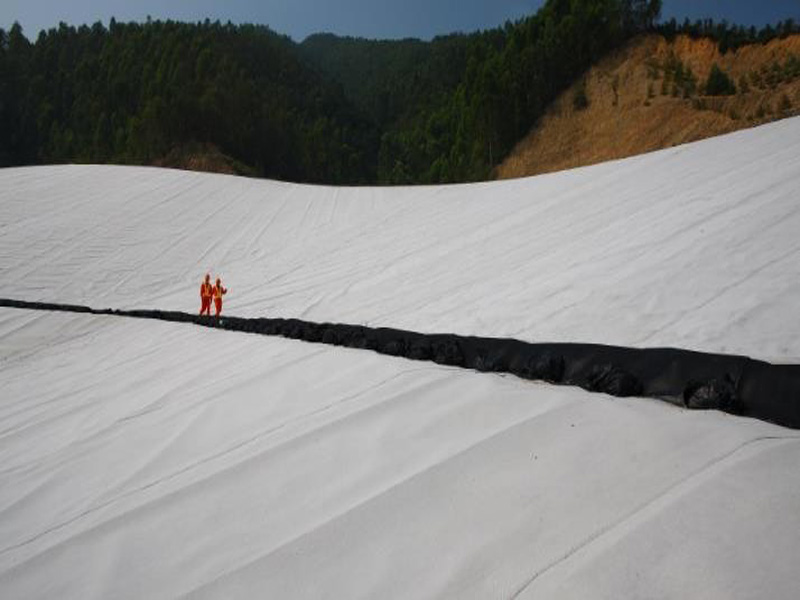In recent years, the role of geotextile cloth in infrastructure construction and civil engineering has become increasingly prominent, so choosing the right geotextile has become particularly important.There are several key factors to consider when choosing the best geotextile. The first is the application scenario, which determines what type of project the geotextile will be used for. The second is material selection, which is to choose the right material.In addition, permeability and chemical corrosion resistance also need to be considered to ensure that the geotextile can function in various environments and remain stable for a long time. Only by considering these factors comprehensively can we choose the geotextile cloth that best suits the specific project needs and ensure the quality and durability of the project.
BPM Geotextile is a leading geotextile manufacturer that has been devoted to product design and development, providing customers with one-stop service solutions.
1. What Is Geotextile Cloth?
Geotextile Cloth is permeable fabrics that filter, separate, reinforce, drain or protect soil. These fabrics are usually made of polyester or polypropylene and are commonly found in three forms: woven, needle-punched and thermally bonded..
Product specifications: width 2m-6m
Unit gram 100 g/㎡-800g/㎡
2. What Is The Type Of Geotextile Cloth?
Geotextile Cloth can be classified into several types based on various factors such as material composition, manufacturing method, and intended application. Some common types include:
2.1 Woven Geotextile Cloth
These are made by weaving polypropylene, polyester, or other synthetic fibers together. They offer high tensile strength and are suitable for applications requiring filtration, separation, and reinforcement.
2.2 Non-woven Geotextile Cloth
Non-woven geotextile are manufactured by bonding fibers together through mechanical, thermal, or chemical processes. They are versatile and used for filtration, drainage, separation, and protection in civil engineering projects.
2.3 Knitted Geotextile Cloth
Knitted geotextile are produced by interlocking yarns in a knitted pattern. They offer excellent elongation characteristics and are often used in applications requiring soil stabilization and erosion control.
2.4 Hybrid Geotextile Cloth
Hybrid geotextile combine the properties of woven and non-woven geotextiles to provide a balance of strength, filtration, and drainage capabilities.
2.5 Composite Geotextile Cloth
Composite geotextile consist of two or more geotextile layers or a combination of geotextile and other materials such as geomembranes or geogrids. They are used in specialized applications requiring multiple functions such as filtration, reinforcement, and impermeability.


3. How To Choosing Best Geotextile Cloth?
3.1 Material
First, when choosing geotextile cloth, we need to pay attention to its material. At present, the synthetic fibers used in the production of geotextile cloth are mainly nylon, polyester, polypropylene, and polyethylene. These fibers have their own characteristics. For example, polyester fibers have high strength and wear resistance, while polypropylene fibers have good acid and alkali resistance. Therefore, when choosing geotextile cloth, we should choose suitable fiber materials according to the specific use environment and engineering requirements.
3.2 Specification
Secondly, we need to consider the specifications of geotextile cloth. The specifications of geotextile cloth mainly include width, length and unit area mass. When choosing, it should be determined according to the specific needs of the project. For example, in highway projects, it may be necessary to choose wider and longer geotextile cloth to cover a larger area; while in dam projects, it may be necessary to choose geotextile cloth with a larger unit area mass to enhance its anti-scouring ability.
3.3 Performance
In addition, the performance of geotextiles is also an important factor to consider when choosing. This includes the strength, elongation, corrosion resistance, water permeability, antimicrobial properties, etc. of the geotextile. These properties are directly related to the service life of the geotextile and the safety of the project. Therefore, when choosing geotextiles, their performance should be fully understood and evaluated.
3.4 Appearance And Quality
At the same time, we also need to pay attention to the appearance and quality of geotextiles. High-quality geotextile cloth should have good color and uniform thickness, and should not have obvious color spots, holes or impurities. When purchasing, you can judge its quality by observing its appearance and feel. In addition, you can also check the manufacturer, certification mark and other information of the product to ensure its reliable quality.
3.5 Construction Method And Maintenance
After choosing the best geotextile cloth, we also need to pay attention to its construction method and maintenance. The correct construction method can ensure that the performance of the geotextile is fully utilized, while regular maintenance can extend its service life. Therefore, before construction, the construction methods and precautions of geotextile cloth should be understood in detail; after construction, geotextiles should also be regularly inspected and maintained to ensure their normal operation.
3.6 New Geotextile Materials And Technologies
In addition, with the continuous advancement of science and technology, new geotextile materials and technologies are constantly emerging. For example, some new composite geotextile materials not only have better strength and durability, but also have better environmental protection performance. Therefore, when choosing geotextiles, we should also pay attention to the development and application of these new materials and technologies in order to better meet the needs of the project.


4. How To Choose Geotextile Cloth In Different Engineering Applications?
When selecting geotextile cloth for construction projects, it is important to review the design drawings and specifications provided. The drawings typically indicate where the geotextile will be used and may specify certain requirements and standards. Here is a summary of the selection process:
4.1 Review Design Drawings
-
- Examine the design drawings to identify the areas where geotextile cloth is required.
- Note any specific specifications and implementation standards mentioned in the drawings.
4.2 Consider Design Requirements
-
- Look for requirements such as breaking strength and breaking elongation specified in the drawings.
- Evaluate the suitability of different geotextile materials based on these requirements.
4.3 Cost-Effective Selection
-
- Compare the performance and cost of different geotextile options.
- Consider alternative options that meet the design requirements while offering cost savings.
- For example, if the drawings specify a breaking strength of ≥15KN/M, both 300 grams filament geotextile and 400 grams short-filament geotextile can meet this requirement. Choosing the more cost-effective option can help save money.
4.4 Tailor Selection to Project Type
-
- If the drawings only indicate a gram weight (e.g., 400 grams) without specific requirements, consider the project type for guidance.
- Select polyester filament geotextile for projects like landfills, tunnels, oil tank bottoms, or hazardous waste sites.
- Choose short-filament geotextile for applications such as river bank protection, highway maintenance, or cold and heat preservation.
- Opt for polypropylene filament geotextile for airport or high-speed rail projects.
- These recommendations are based on accumulated experience over the years.
4.5 Flexibility and Optimization
-
- Keep in mind that geotextile selection may require adjustments based on specific project circumstances.
- Be flexible and innovative in selecting geotextiles, considering the project’s unique needs and actual conditions.
- Adjust and optimize geotextile choices as necessary during the construction process.
5. Summary
To sum up, the selection method of geotextile cloth is a complex process involving multiple aspects. We need to pay attention to its material, specifications, performance, appearance quality, construction methods and maintenance. At the same time, we should also pay attention to the development and application of new materials and technologies in order to better meet the needs of the project. Only in this way can we choose high-quality geotextile cloth materials suitable for the project and provide strong guarantees for the safety and stability of civil engineering.
If you have any questions or inquiries, please contact us.





